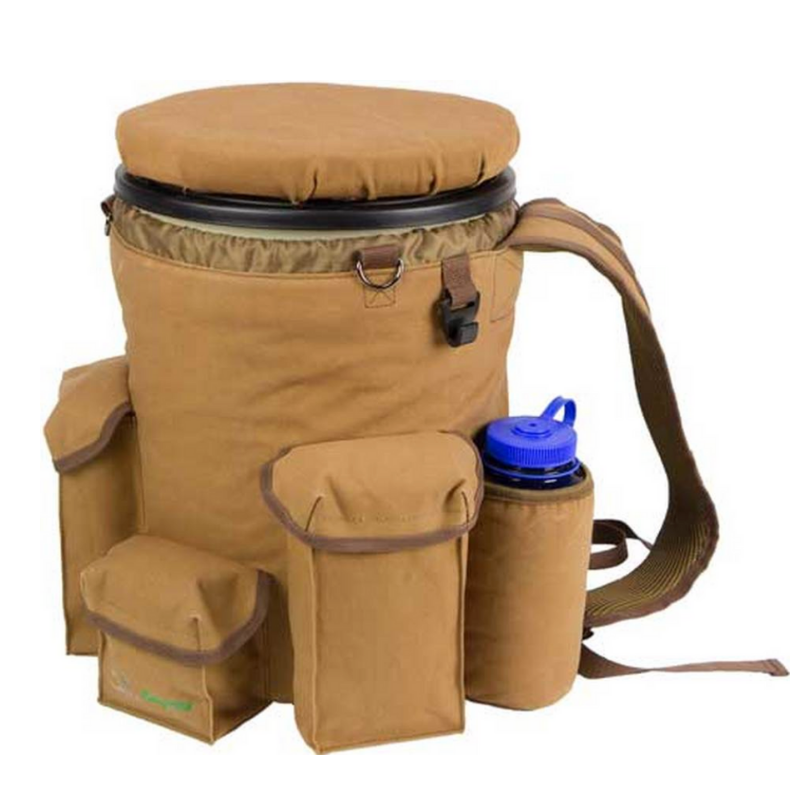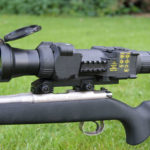Beavers are perhaps the most sought-after animals by those in the trapping community. Perhaps this is because beaver pelts have always fetched a nice reward in North America, dating back to the times when pioneers made their way across the continent and collected hundreds of pelts to ship back east.
Beavers can be found in just about every corner of the North American continent, except for a few select areas in the southwestern United States where the climate is too arid and dry for beavers to live comfortably. Beaver trapping was so popular at one point during the 19th century that the animals nearly became extinct. Fortunately for modern trappers, the species have made quite a comeback across much of the country.
Today, beavers are trapped for their pelts, as well as for removing them from lakes and rivers where they are considered a nuisance by local landowners who rely on the steady flow of water to raise crops or farm animals. Beavers can often create huge dams that greatly reduce the flow of water on rivers and creeks, leading to major headaches for farmers.
How to Trap Beavers 101
In years past, landowners would resort to trying to pick beavers off with a rifle or even using dynamite to blow up dams. However, a well-placed trap is much more capable of reducing a local beaver population than any other method.
A super easy and convenient way to carry trapping supplies out to the woods.
Where to find beavers
One of the reasons why beavers became so popular among early pioneer trappers was the relative ease with which it was to locate their dams. The literally stick out like a sore thumb along any waterway and setting traps alongside the dams is very easy compared to the lengths one must go through to successfully trap other kinds of animals.
Rules and regulations
Unlike early settlers and pioneers, modern trappers must adhere to trapping laws and regulations pertaining to beavers or face legal consequences. There were no laws to restrict trappers that decimated beaver populations centuries ago, but they did have to deal with Native American tribes who did not take kindly to settlers encroaching on their lands and killing hundreds of animals only to take their pelts.
John Colter is a famous American pioneer trapper who was caught by Native Americans and nearly killed for trespassing and trapping on their lands. His wild tale includes details about how the natives chased him for many miles before he was able to elude them by actually hiding inside a beaver dam.
Related Article: Muskrat Trapping 101
Traps and preparation
Beavers are not turned off by human odor like other animals that trappers seek after. Therefore, trappers do not need to take the painstaking steps of boiling and decontaminating their traps like they do with fox or coyote trapping.
A 330 conibear trap is often considered to be one of the best kinds of beaver traps, but trapping enthusiasts also report that #4 long spring, MB-750 or Bridger #5 work very well for beaver trapping. While conibear traps can be very dangerous if they are triggered prematurely, be sure to purchase a conibear safety grip in order to avoid the trap clamping down on a limb or your fingers.
Basic Beaver Trap Sets
Beavers are known for being one of the least trap-shy animals in the world, making them extremely easy prey for a seasoned trapper. One of the easiest ways to trap beaver is to seek out a place where the beaver is entering its dam, preferably in about one foot of water.
Place your conibear trap about six inches from the entrance of the dam and you’ll simply want to check this trap regularly. Many trappers have reported catching several beavers with one trap set in the same place. It’s easy to see why so many pioneers were able to trap so many beaver that they nearly drove the species to extinction in North America.
You can also place your traps on the dry top or side of beaver dams, or even in water just under a foot in depth near an entrance to the beaver dam. By setting a trap deeper in the water instead of in a more shallow setting, you’re more likely to catch the beaver’s back leg instead of a beaver accidentally triggering a trap with its chest or front legs.
The key to using the conibear trap in this method is to anchor it properly and set it so that the trap will not get knocked over or moved by the water’s current. Many experienced trappers have created a funnel leading to their trap by using “guide sticks” which they jam into the dam to create a clear path for the beaver to follow into the trap.
Related Article: Mink Trapping 101
Snare Sets
Snares can be set underwater or on dry land and still effectively work to trap beaver. Experienced trappers say that dry land sets are best for using snares because an underwater set will typically get moved.
While snares are very effective in beaver trapping, many trappers will not use them because of the potential damage they can have on the beaver pelt. If you’re mainly focused on removing beavers from an area, the snare is one of the best options.
Anchoring Traps
Beavers are known to sometimes twist off a trapped limb in the same way a muskrat can, especially on dry land. Trappers can easily anchor their sets using a cinder block and a wire that runs from an anchored position on the dam or the shore along to the block.
Place your trap ring on the wire and you’ll be much more likely to have the beaver slide down the line into the depths instead of being able to work themselves out of the water and onto the shore to freedom. Anchoring your traps may be an extra bit of work and frustration, but experienced trappers advise that this is one of the best ways to ensure that your beaver remains in the trap and can be retrieved.
Related Article: Mink Trapping 101
And that is Beaver Trapping 101
Best of luck fellow trappers and thank you for reading!









